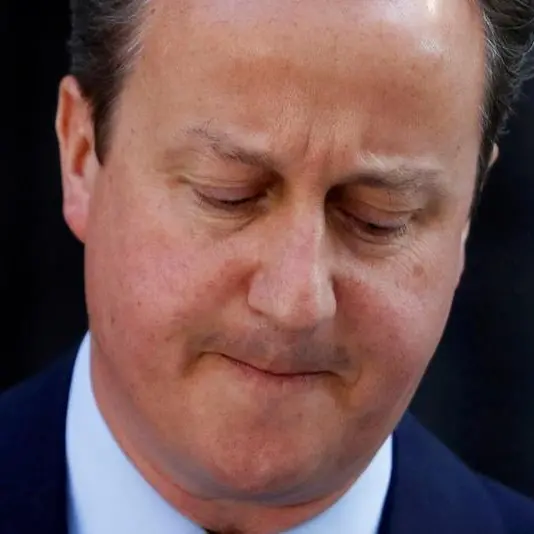PHOTO
LONDON - UK wage data did its best to pull sterling down from a seven-month peak on Tuesday but the economy is showing enough signs of improvement to persuade investors that the Bank of England will still have to keep interest rates higher for longer than its peers.
Sterling dipped on Tuesday to around $1.277 after figures showed regular wage growth slowed slightly more than expected, to 6.1% in the three months to January from 6.2% previously, putting the pound below Friday's seven-month peak above $1.285.
Yet the figures did not undermine the argument of sterling bulls, who say the employment market remains strong and the economy is recovering after slipping into a recession.
The pound is still up roughly 0.4% against the dollar this year, with the prospect of interest rates higher in the UK than elsewhere making British bond yields more attractive, boosting the currency. The euro, yen and Swiss franc have all fallen.
"Data is showing signs of improvement," said Kamal Sharma, senior G10 FX strategist at Bank of America, who thinks the pound is likely to rise to $1.37 by the end of the year.
"The labour market remains relatively robust. Real incomes have received a boost from a couple of angles: first of all headline inflation falling, and there will be a marginal kicker from the budget," he said. "We are expecting the national minimum wage to increase in April as well. So the headwinds have turned into tailwinds."
Last week's budget saw Finance Minister Jeremy Hunt unveil another two percentage point cut to a labour tax and the UK's public finance watchdog upgrade its growth predictions.
The budget was met with calm in financial markets, unlike in autumn 2022, leaving investors free to re-focus on the economy and how Bank of England policy is likely to compare to that of the European Central Bank and Federal Reserve.
Wage growth remains well above the rates many economists think consistent with 2% inflation. And survey data has hinted at a recovery in the economy, with private-sector growth at a nine-month high in February.
Interest rate derivatives show traders think the Bank of England is most likely to hold rates at 5.25% until August, whereas June cuts are seen as more probable for the ECB and Fed.
Meanwhile, high levels of government borrowing, combined with the Bank of England's active selling of its bond holdings, could keep upward pressure on Gilt yields, said Althea Spinozzi, rates strategist at Saxo Bank.
"If inflation remains sticky, or even rebounds, then the sell off in Gilts can accelerate... on the basis that we have active quantitative tightening plus an increase of Gilt issuance," she said.
All that said, investor expectations could quickly reverse. The UK economy is far from strong and inflation is expected to dip below 2% in the coming months as energy prices continue to drop.
Morgan Stanley economist Bruna Skarica said "the chances of a second-quarter rate cut look severely underpriced to us" in a note to clients after the wage data.
(Reporting by Harry Robertson, Editing by Ros Russell)












